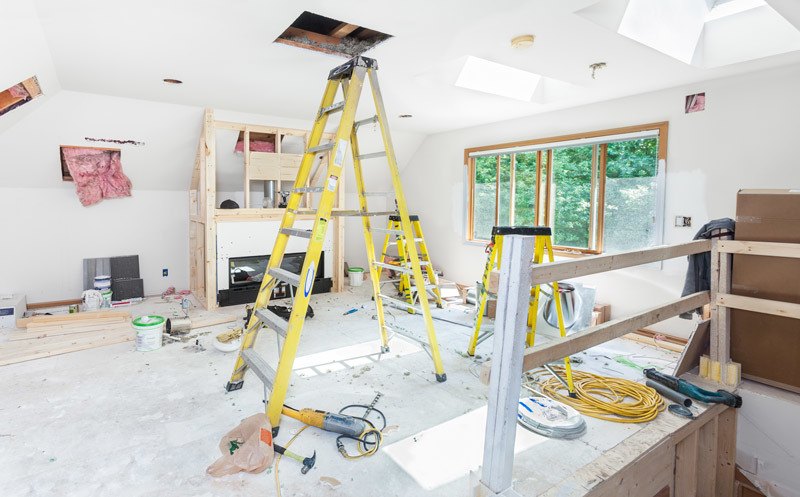Planning a home remodeling project on a budget can be stressful and challenging. You may not be sure where to begin, and you may have a hard time matching your stylistic ideas with your budget. Fortunately, there are home remodeling tips to help you achieve your goals and still stay within your budget. First, work with the size of your house.
Creating a master list
According to Segment Digital When planning to remodel your home, you should develop a master list of your ideas and goals for your project. This list should include what you need, want, and are inspired by, and include a detailed action plan to help you prioritize your tasks. It can also help you keep track of your progress and prioritise your tasks.
Creating a timeline
Creating a timeline for home remodeling is important, because there are many factors to consider. A contractor’s workload, the size of the home, and the number of design revisions are just a few. It is also necessary to consult with your local building department to determine whether there are any regulations that must be met.
Keeping costs manageable
If you’re trying to remodel your home but don’t want to break the bank, there are ways to keep costs manageable. The first thing to do is to do your research. Ask your contractor about discounts on materials. You may be able to find better prices for materials elsewhere. Do some research before you hire a contractor. The more information you have, the more you can save. It will also help you create a budget.
Adding a focal point
There are many ways to incorporate a focal point in your home remodeling project. Choosing the right one depends on the purpose of the space. The room’s main focus could be a view, a fireplace, or even a TV. However, it’s important to consider how you will use the focal point, and whether it is something you enjoy doing or watching. One of the most popular ways to create a focal point is to paint a single wall in a striking color. A bold color can really draw attention to a particular piece of furniture or artwork. It also makes a room seem larger.
Planning your project
It’s essential to plan your home remodeling project well in advance, about six to twelve months before you want the project to begin. You will need to conduct research about contractors, local zoning regulations, building restrictions, and financing options. After you’ve decided on a budget, you should identify the type of work you want to complete and find a contractor. Planning your project will make it easier to keep the project on track, reduce stress, keep your living space under control, and keep neighbors happy. If you plan your project well, you can enjoy the process and the finished product.
Creating a master list
When you are planning to remodel your home, it’s a good idea to create a master list of tips and ideas. This list should include things like your style preferences, colors, textures, and project timeline. It can also include details such as the work methods and the project history.
Keeping track of details
When you are renovating your home, you will want to keep track of the details. This will make it easier to keep track of the project as it progresses. You can create a spreadsheet for each room or zone to keep track of the various tasks. You can also create a list of invoice numbers and file receipts for each room.
Finding inspiration
If you are planning a home remodeling project, finding inspiration for your design is essential. A good place to start is Pinterest or Instagram. These platforms are full of unique ideas and interesting home designs. You can also check out the websites of designers to see what they have done. When looking for inspiration, keep in mind why you want to remodel and what you want from the space.
Another great way to find inspiration for your new home design is to look around your neighborhood. You might have a neighbor who has a funky apartment that has some unique style. You might also be inspired by an antique piece of furniture or a carefully arranged photo gallery in a friend’s home. Whatever you see around you, take note of the details you like.
Asymmetrical layout
Asymmetrical layouts draw the viewer’s eye to different areas of a design. Asymmetrical designs are ideal for creating a minimalist look while focusing attention on important elements. In web design, asymmetrical layouts help make important elements stand out in a space. They can also be used to draw the viewer’s eye to critical design elements such as the call to action. There are no hard and fast rules when it comes to asymmetrical design. Asymmetrical layouts can be subtle and elegant or as grand as you want them to be. If you’re unsure, try asking a second set of eyes for input. They may be able to notice incomplete areas that you hadn’t noticed before.
